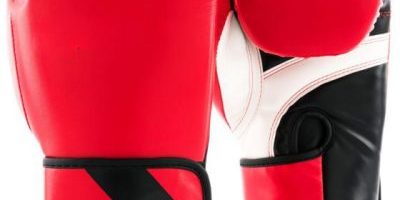Boxing gloves are synonymous with safety in the competitive boxing arena. This article dives into the stringent regulations, standards, and considerations that govern the use of boxing gloves in professional and amateur boxing, emphasizing their critical role in protecting fighters.
Regulatory Guidelines: Boxing glove regulations are in place to ensure a level playing field and the safety of fighters. Organizations like the World Boxing Association (WBA) and International Boxing Federation (IBF) dictate specifications for glove weight, padding, and material.
Protecting Fighters: Boxing gloves significantly reduce the risk of cuts, fractures, and facial injuries during bouts. The padding and design of gloves help cushion the impact and distribute the force, safeguarding boxers from potentially life-altering injuries.
Amateur vs. Professional Boxing Gloves: Amateur and professional boxing have distinct glove requirements. Amateur gloves generally have more padding to emphasize safety, while professional gloves allow for greater power and precision.
Glove Maintenance and Inspection: Fighters and coaches must regularly inspect gloves for signs of wear and tear. Proper maintenance ensures that the padding remains intact and the gloves offer optimal protection.
Public Awareness: Boxing gloves symbolize the commitment to the safety and well-being of fighters. As a result, public awareness campaigns and education initiatives highlight the importance of using quality gloves that meet regulatory standards.
To optimize this content for search engines, integrate keywords like “boxing glove safety regulations,” “protective role of boxing gloves,” and “amateur vs. professional boxing glove requirements.” By utilizing these terms, your article will resonate with readers seeking insights into the safety aspects of competitive boxing.



















